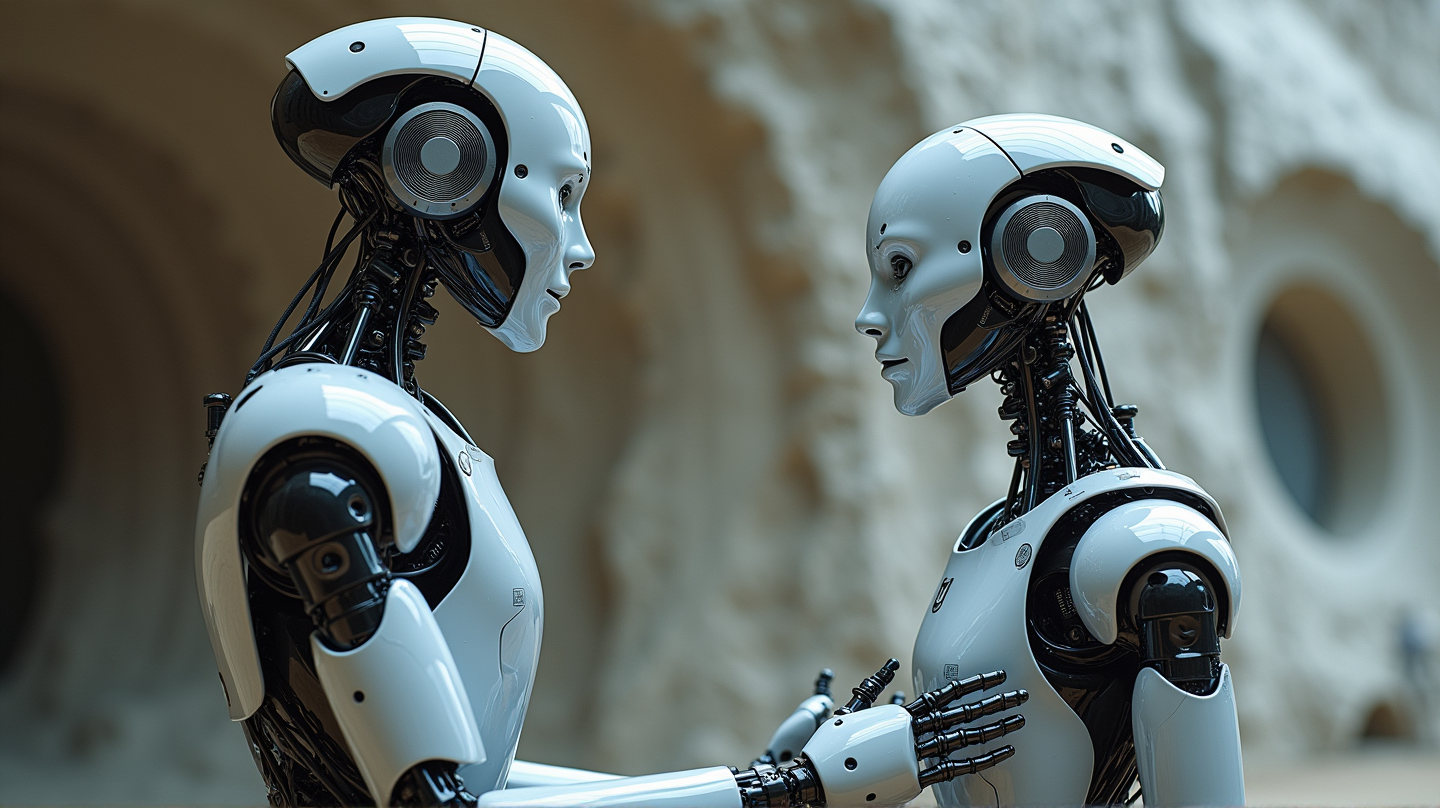The ambitious vision of bringing humanoid robots into our daily lives faces significant hurdles, primarily due to a staggering “100,000-year data gap,” according to UC Berkeley roboticist Ken Goldberg. In recent findings published in Science Robotics, the argument surfaces that humanoid robots are still far from achieving the dexterity and reliability to perform complex real-world tasks. The comparison lies in the leaps made by large language models (LLMs), which have successfully harnessed the vast text data available on the internet. But when it comes to robots mastering physical tasks, Goldberg argues, the path is not as straightforward.
Why Language Surpassed Dexterity
Goldberg emphasizes that the major bottleneck holding back robots isn’t just in software or data, but in the intricate tasks requiring fine motor skills, such as handling delicate objects or performing subtle adjustments. Humans do this effortlessly, intuitively, but for robots, these tasks represent monumental challenges. This disparity echoes the long-standing Moravec’s Paradox: tasks that are simple for humans can prove extremely complex for machines. Proposals to use online video data to train robots fall short because they lack the detailed physical interactions needed for true understanding and replication.
Simulation and Teleoperation: Current Aid but Not the Solution
While simulations advance robots in dynamic feats like running, translating this to intricate tasks remains difficult. Teleoperation, where humans control robots directly, generates useful data but at a very slow pace. These methods show promise yet still lag behind the learning curves seen in language-based AI. According to Goldberg, the approach should lie somewhere between data collection and “good old-fashioned engineering,” focusing on practical, deployable solutions to gather real-world data that drive continual improvement.
Good Old-Fashioned Engineering Meets Modern Robotics
Goldberg advocates for a hybrid approach of engineering and real-world data collection. Companies like Waymo and Ambi Robotics utilize this method, gathering data continuously during operation to enhance performance iteratively. This paints a picture not of an overnight revolution but of diligent evolution. Such incremental progress in robotics could mitigate the hype that often clouds public perception and expectations.
The Real Work Is Just Beginning
The debate over robots taking over jobs is nuanced. According to Goldberg, blue-collar jobs involving complex manual manipulation remain secure from automation. In contrast, routine tasks, especially in white-collar sectors, may face greater disruption as language-based systems increasingly automate these functions. Nonetheless, jobs that require empathy and human interaction are less likely to become fully automated.
Beyond Software: Smart Bodies are Essential
Physical constraints are not limited to algorithmic or data deficiencies. Goldberg and peers highlight that humanoid robots must also evolve physically. Enhancements in joint design and mechanical intelligence are just as crucial as software upgrades. Real-world observations emphasize that many current robots expend excessive energy due to outdated and inflexible hardware designs, underscoring the need for a shift towards biotic-inspired designs.
Conclusion: A Call for Balanced Progress
While current progress is palpable, Goldberg promotes tempered expectations. Mastering these skills isn’t around the corner but a meticulous journey coupling engineering and adaptive design. Protecting the robotics field from misinformed hype will safeguard the steady, practical advancements necessary to transition robots from innovative prototypes to reliable helpers in everyday life.
As stated in Interesting Engineering, further insights can be gleaned from an interview with Ken Goldberg on UC Berkeley News.
